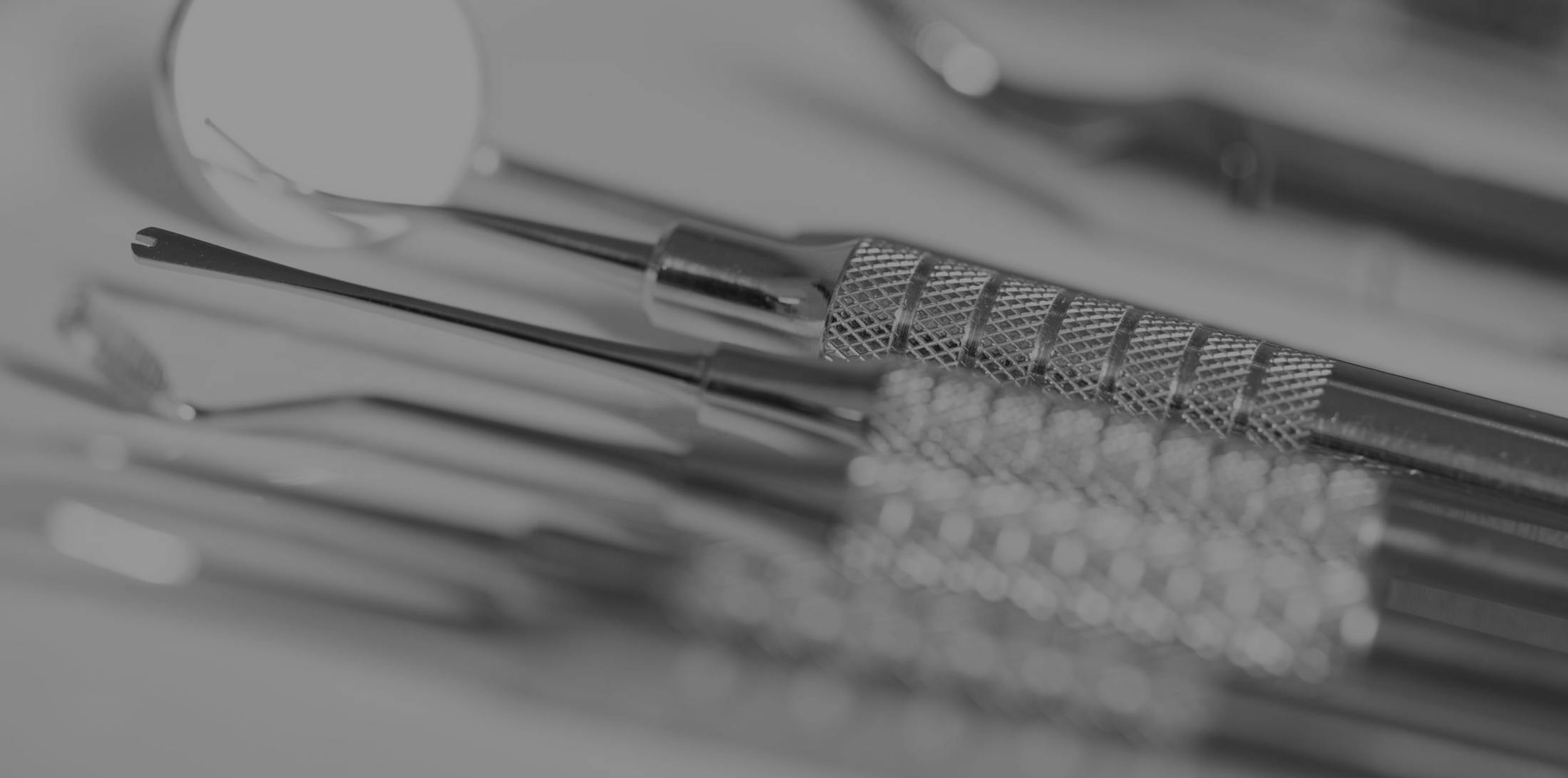Which Oils Can You Use?
Although coconut oil possesses strong anti-inflammatory and antibacterial properties, sesame oil, olive oil, or sunflower oil (all liquid edible oils, unlike coconut oil) are sometimes used instead.
Sesame oil is a popular alternative because of its anti-inflammatory, antioxidant, and pro-cardiovascular properties. If you don’t like the taste or mouthfeel of coconut oil or have a coconut allergy, sesame oil would be the next best option.
You can oil pull with a single drop of antibacterial essential oils such as tea tree, eucalyptus, and lemongrass. This can remove bad bacteria from your mouth, but the taste, smell, or mouthfeel may be too strong to withstand for very long. To avoid major disruption to the oral microbiome, don’t use these antibacterial oils more than about once a week in your oil pulling routine.
Make sure any oil you swish is safe to ingest in case small amounts are swallowed accidentally. (Oregano oil is the first that comes to mind that you should never use in oil pulling, but you should check the data on each individually before using it.)







